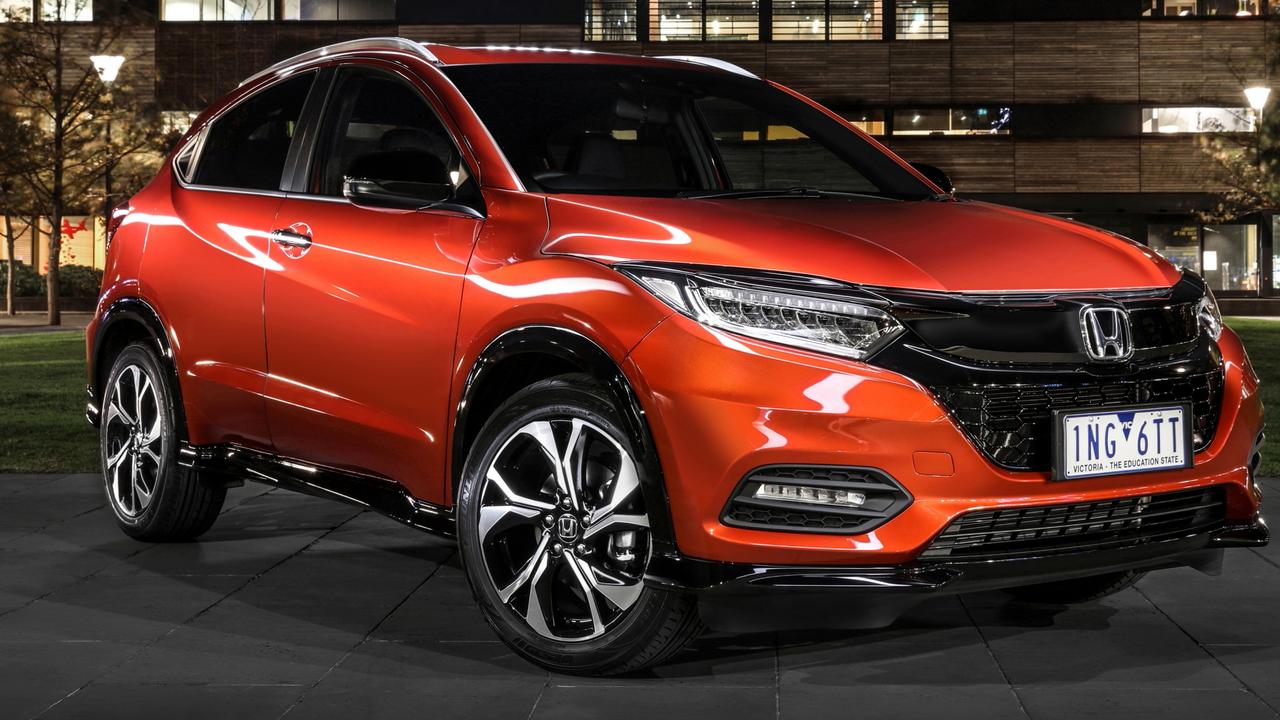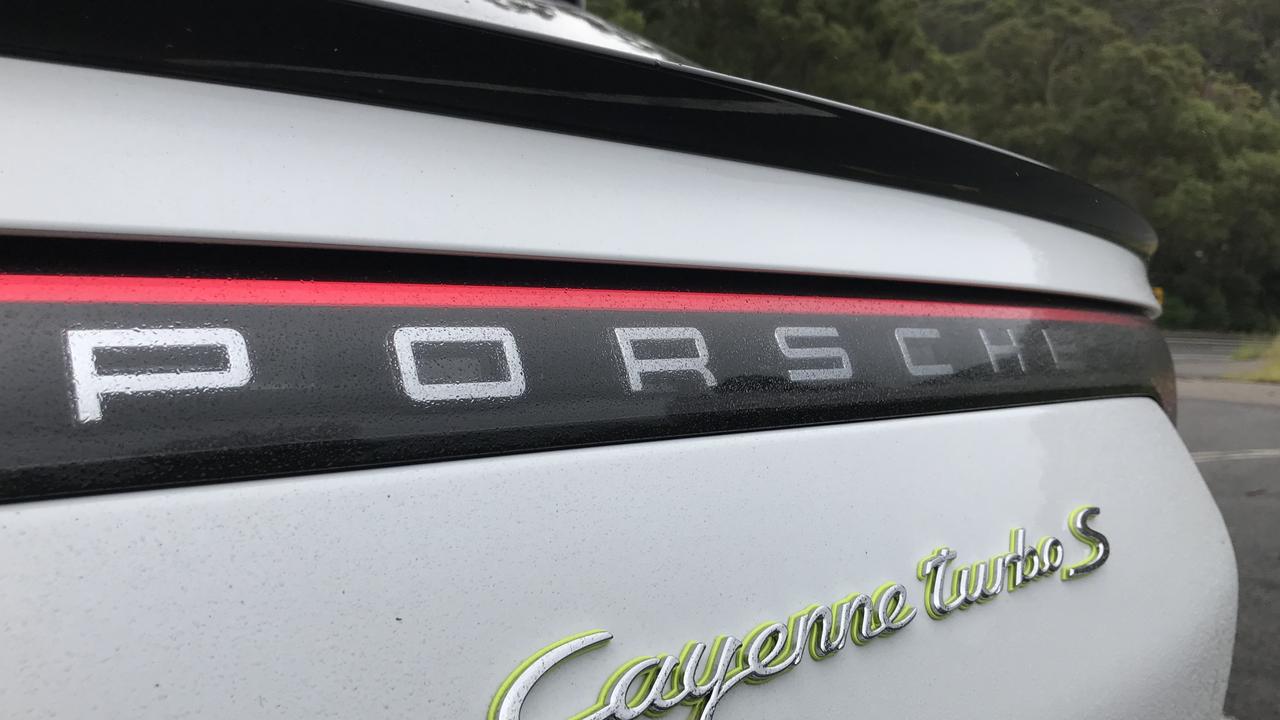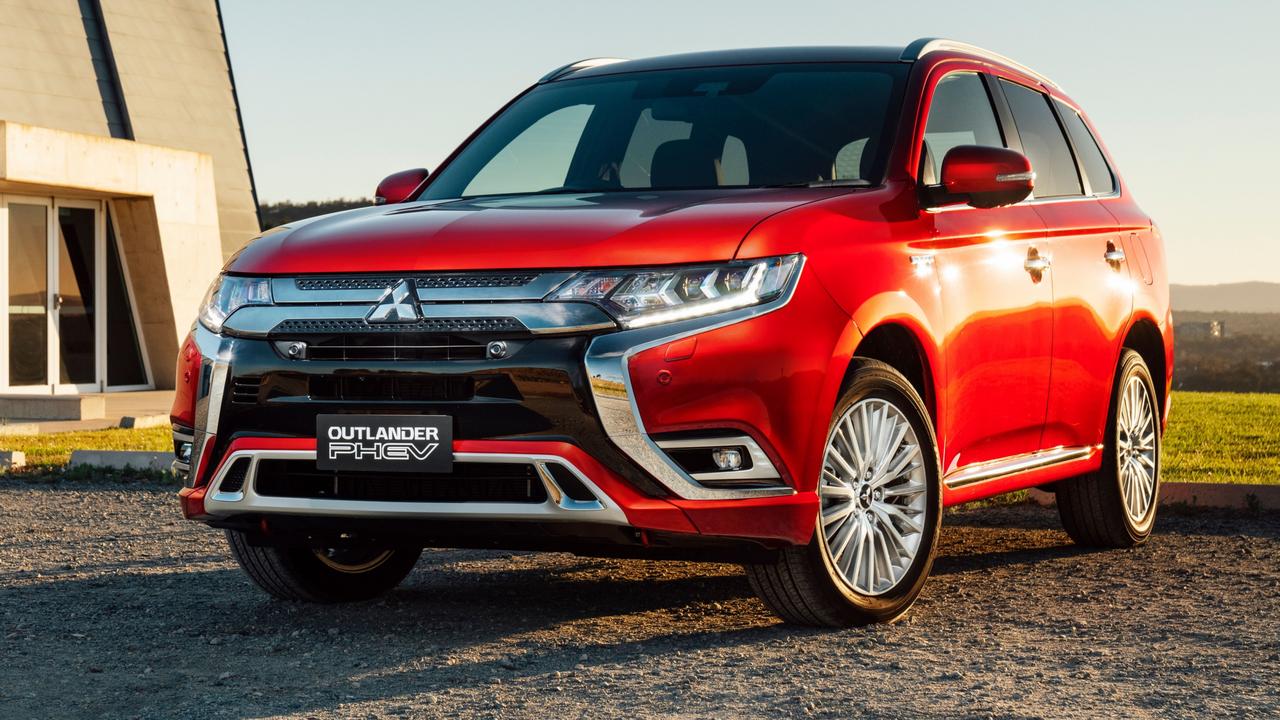Car of the Year Best Large SUV: BMW X7 v Volkswagen Touareg v Lexus RX300
The new additions to the large SUV segment in 2019 each take a different approach, but all brings luxury in spades. But which family-hauler is worth your hard earned?

It’s been a quiet year for new arrivals in the large SUV market but three stand out from the pack. BMW’s imposing X7 has rewritten the rules at the top end, Volkswagen is trying to move upmarket with its all-new Touareg and Lexus is looking to build on recent sales momentum with its updated RX.

Each takes a different approach in the pitch to families. The BMW is solely available with seven seats, the RX has five and seven-seat options and the VW is a five-seater only.
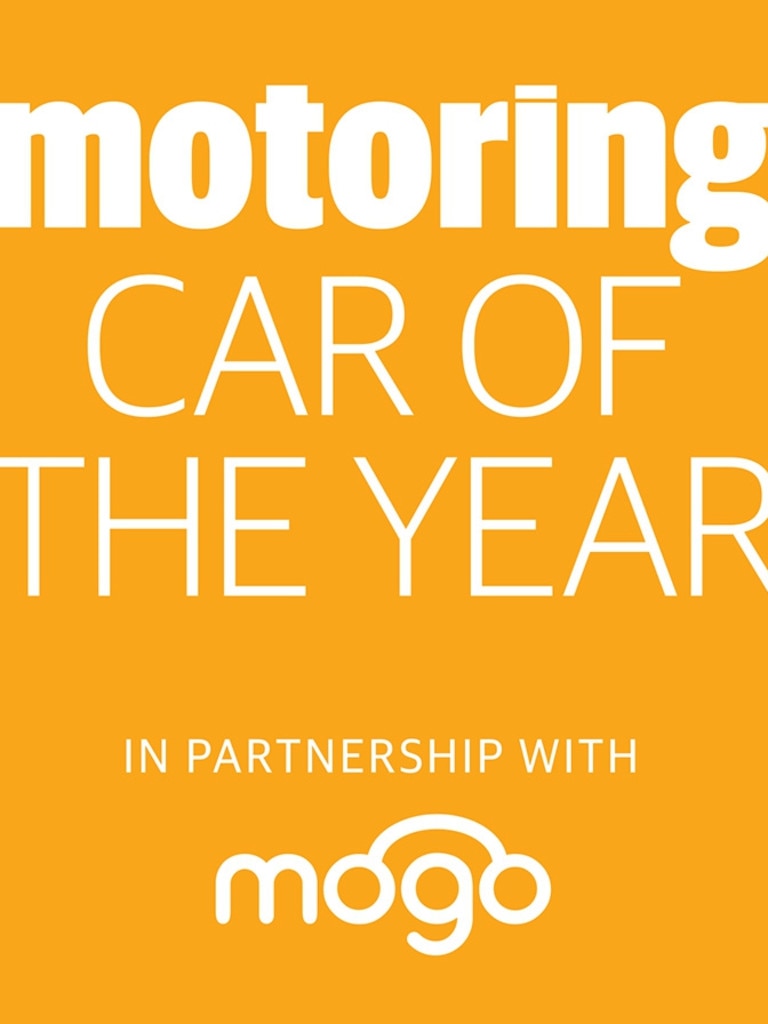
The three aren’t direct rivals but to select a winner, we’ll judge them against our Car of the Year criteria, focusing on value for money, performance, design, technology and safety.
BMW X7
As sedan sales dwindle, there’s a strong argument the X7 has become the new flagship of the BMW range. That description sits well — it looks like the QE2 on wheels.
The X7 is better to look out of than at. It’s a big, slab-sided beast with a grille that looks like it could have been plucked from a Mack truck.

Step inside and it feels like the cabin of a private jet. There’s blue and cream leather, suede roof lining, plush carpet, woodgrain accents and two big digital screens for the driver. Importantly, the woodgrain and leather extends to the third row, which gets its own individual airconditioning, cup holders and leg room that can accommodate the average adult.
Everything is electrically operated and there’s a button in the rear load area that can automatically fold all five rear seats to turn the big Beemer into a delivery van. The only complaint? Simple manual levers to fold the seats would take less time when you are trying to unload the occupants in a hurry.
Leg room in the second row is limousine-like, the seats are broad and well-padded and there are ample USB outlets.

There are some items missing that you’d expect on a luxury car at this price. There are no rear-seat entertainment screens, heated seats are optional and the sunroof also costs more.
Our test car started with an RRP of $119,000 and ballooned out to $143,050 with options.
Around town, the X7 can be a little intimidating to drive. It feels very big and it’s hard to see the corners of the car, particularly the bonnet. Parking is helped by an array of cameras and sensors but finding tight spots in the city can raise the blood pressure.
The BMW is much more at home on the open road, where its lusty diesel lopes along at low revs and barely breaks a sweat overtaking. It’s also surprisingly agile for such a big, heavy vehicle and the cabin is well insulated against noise.
Lexus RX300
Lexus is one of few brands to record a sales increase this year. It’s come on the back of an expansion of its SUV range and the new RX should consolidate that growth.
Impressively, it’s cheaper than the model it replaces and has more technology and equipment. It’s also significantly cheaper than its luxury German rivals, especially the RX300 Luxury on this test.

It starts at a tick over $70,000 but is no poverty pack. Its new 12.3-inch touchscreen sits proud on the dash and Lexus gives drivers the option of also operating the screen via a touchpad in the centre console, which is a safer, less distracting option.
Unlike its rivals here, the Lexus sticks with analog gauges for the speedo and tacho, which tends to make it feel a little dated.
There’s not even a digital speedo, although it has a CD player and the highest USB port count with six.
Elsewhere, though, the RX feels every bit the luxury car — the quality of the materials, the build precision and noise suppression match the best of the Germans. That perception of quality is backed up by a reputation for reliability that is the envy of the industry.
There are three engine combinations for the RX. The entry level RX300 is powered by a turbo four-cylinder driving the front wheels, the RX350 gets a more powerful V6 and all-wheel drive, as does the range-topping hybrid. Seven-seat options are available only on the two more expensive models.

The four-cylinder, front-drive version allows Lexus to keep the price down and most buyers won’t feel shortchanged on performance, despite the fact that the engine is matched to a six-speed auto when most rivals have eight cogs.
It gets off the line briskly enough and is a quiet cruiser, with enough power and torque for family duties. It was also impressively frugal on the freeway, matching the consumption of its diesel rivals on this test.
It also has its rivals’ measure for comfort, soaking up bumps and ironing out corrugations while proving reasonably agile and predictable through the corners.
Volkswagen Touareg
As Lexus tempts buyers with a luxury badge at a mainstream price, Volkswagen does the opposite with its Touareg, bringing out a launch special loaded with gear and wearing a luxury price tag.
Our test vehicle cost nearly $110,000 on the road after adding metallic paint and the $8000 “Innovision” package. That includes a huge 15-inch centre screen and a 12.3-inch digital display in front of the driver, as well as gesture control, multi-colour ambient lighting and a head-up display that projects on to the windscreen.
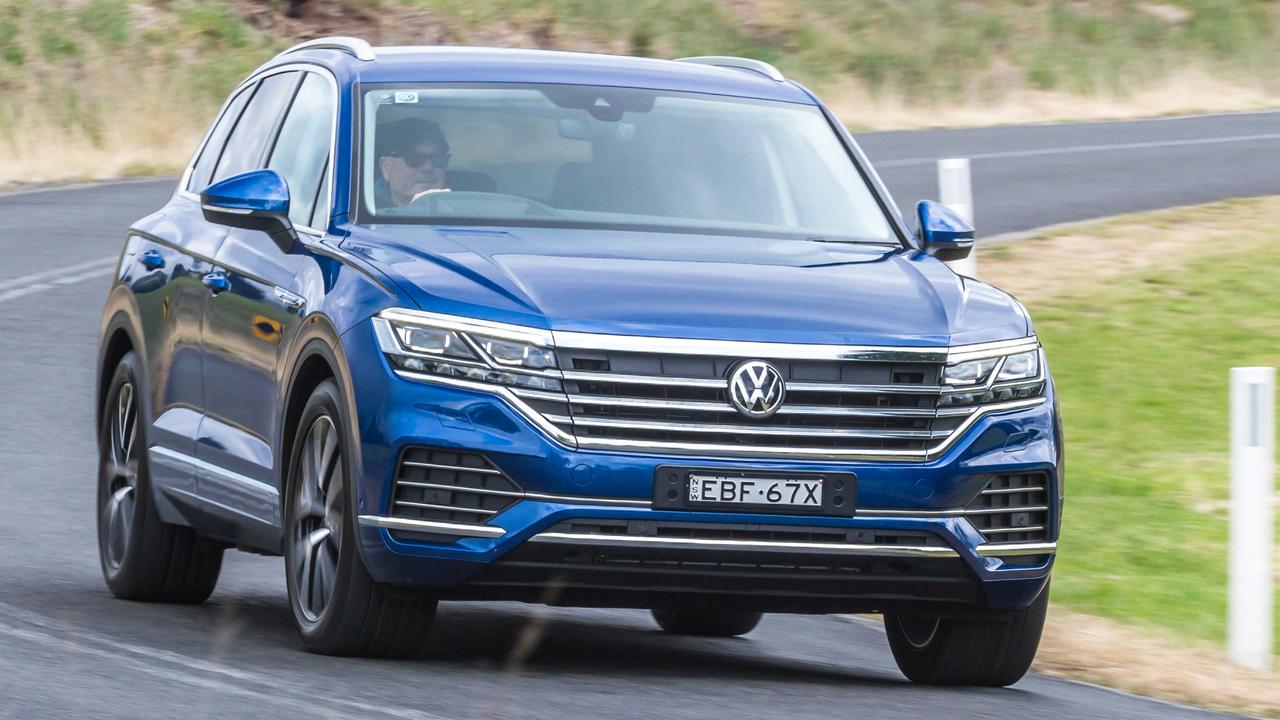
It’s a technology tour de force, although the gesture control — as with others we’ve tried — doesn’t work as well as a simple knob or thumbwheel on the steering wheel.
The big screen matches those on luxury marques but the attention to detail in the cabin falls short. The partial leather trim doesn’t match the look or feel of its rivals here and some of the cabin materials feel a little off the pace.
On the plus side, the VW has all the bases covered for driver assistance and its radar cruise control with lane keeping is one of the best around. Others simply turn off their lane-keeping tech if they sense no steering inputs — the VW will safely slow the car to a stop.
It’s not short on luxury touches, either. There are adaptive suspension, four-zone aircon, heated and cooled seats, wireless phone charging and automatic parking assistance.
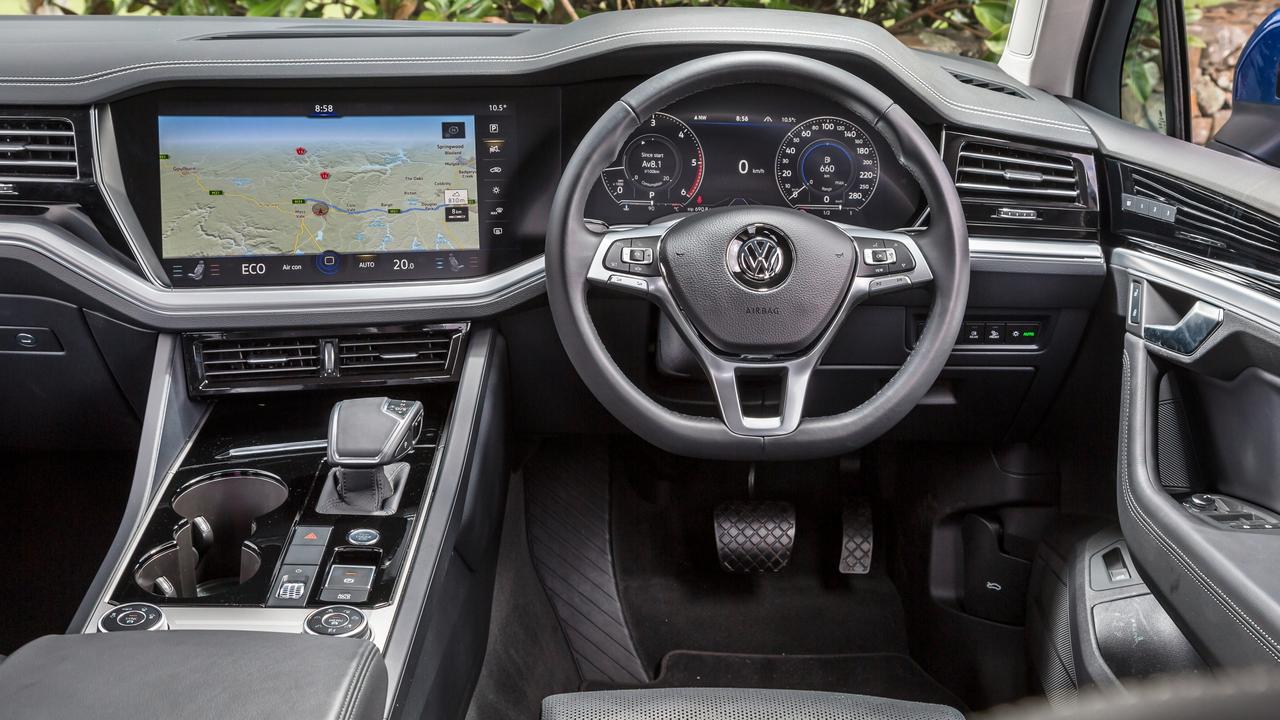
On the road, the Touareg impresses most. VW has retreated from diesel tech to an extent but the diesel V6 in the Touareg is a ripper, combining excellent performance with commendable refinement. It’s quieter than the BMW and feels quicker by the seat of the pants.
The rest of the car complements the potent V6. The eight-speed auto is smooth-shifting and quick witted, while the steering, body control and ride comfort are up there with luxury rivals.
For those looking at towing boats, the Touareg presents a compelling alternative to less refined ute-based off-roaders, claiming 3500kg towing capacity. It’s also got a big boot.
The lowdown

Another tight contest. The BMW is big and expensive but luxurious and talented on the road. The Lexus is old-school and modestly powered but immaculately presented and well priced. The VW may induce sticker shock but it has the tech and the power to mix it with the top end of town.
We’ll announce the winner on December 6.
BMW X7

Price : About $135,500 drive-away
Warranty/servicing: 3 years/100,000km, $2105 for 5 years
Safety: 8 airbags, AEB, lane keep assist, cross traffic alert front and rear, active cruise, blind spot warning
Engine: 3.0-litre 6-cyl twin-turbo diesel, 195kW/620Nm
Thirst: 7.3L/100km
Boot: 326L-2120L
Spare: None; run-flats
Lexus RX300 Luxury
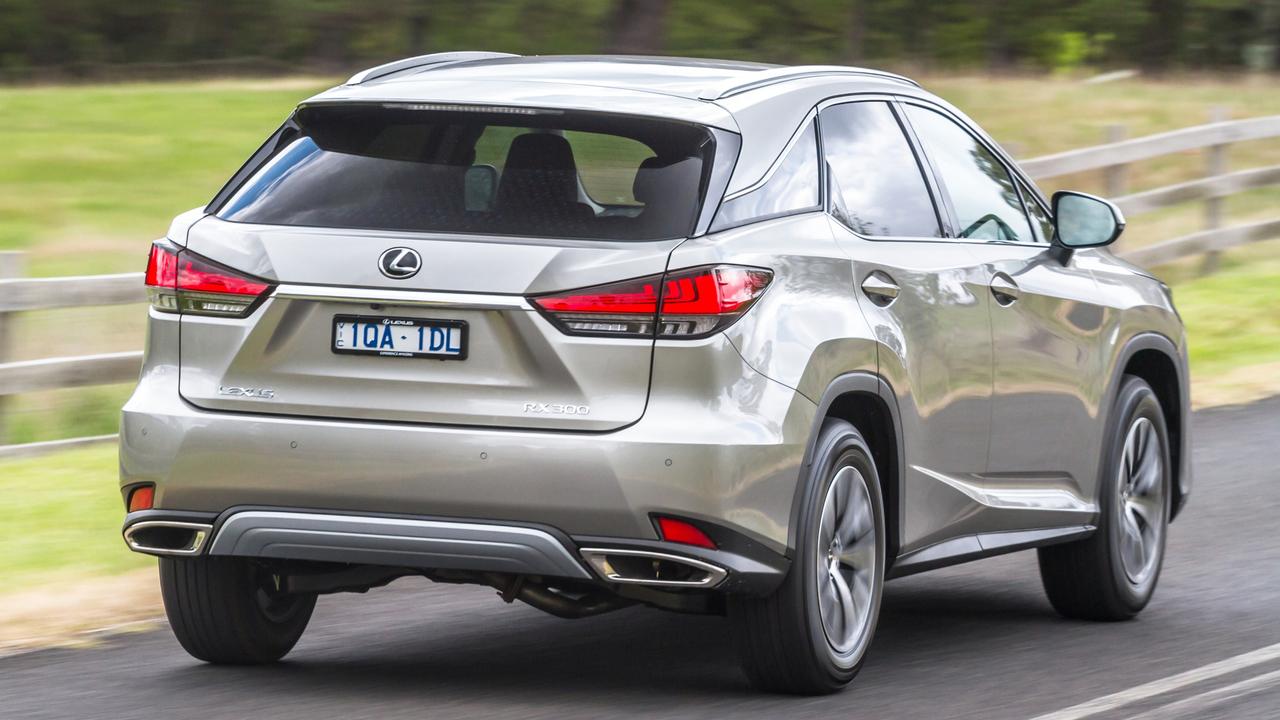
Price: About $82,400 drive-away
Warranty/servicing: 4 years/100,000km, no capped servicing
Safety: 10 airbags, AEB with pedestrian detection, lane keep assist, blind spot warning, active cruise, hi-beam assist, road sign detection
Engine: 2.0-litre 4-cyl turbo, 175kW/350Nm
Thirst: 8.1L/100km
Boot: 506L
Spare: Temporary
Volkswagen Touareg

Price: About $99,000 drive-away
Warranty/servicing: 5 years/unlimited km, $3248 for 5 years
Safety: 8 airbags, AEB with pedestrian detection, lane keep assist, blind spot warning, active cruise, front and rear cross traffic alert
Engine: 3.0-litre V6 turbo diesel, 190kW/600Nm
Thirst: 7.4L/100km
Boot: 810L-1800L
Spare: Space-saver

